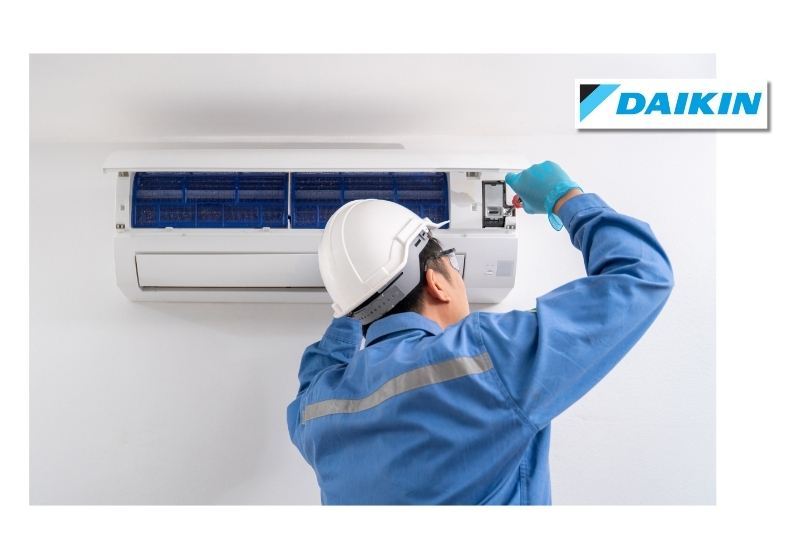Tips and tricks to get the most out of your air exchanger

Your air exchanger is like the lungs of your home. It ensures optimal air quality by filtering out allergens, lowering humidity levels and ensuring that every room has a stable temperature and a constant supply of fresh air. It serves as a vital link between the outside world and the inside of your home. What’s more, heat recovery ventilation (HRV) transfers the heat from the exhaust air coming out of the home to the fresh air coming into the home, helping you conserve energy. While an air exchanger is easy to use, many people fail to take full advantage of its capacity. Discover how to get the maximum benefit from your air exchanger.
Air exchangers and the changing seasons
An air exchanger is closely tied to outdoor conditions. That’s why it’s imperative to modify the settings according to the season. For example, the summers in Quebec are generally very humid, even on sunny days. The relative humidity is at its highest, and it’s often difficult to bring it down. Your air exchanger will come into play, working to lower the levels, which should be between 50 and 60 percent during the summer season. This will prevent excessive moisture in the air, which can lead to the appearance of spores and mold. Sometimes, it’s necessary to employ a second system to complete the dehumidification process. An air conditioning system, a heat pump or a portable dehumidifier used in conjunction with your air exchanger will help ensure a humidity level that’s low and stable.
In the winter, Quebec’s climate is extremely cold and dry. It’s preferable to alternate between the “air exchange” and “recirculation” modes, as the dehumidifying effect of the air exchanger (combined with electric or slow-combustion heating) can lower the humidity levels to less than 30 percent, which can lead to irritation of the respiratory tract. What’s more, the constant ingress of cold air from outside will significantly increase your heating bill. Therefore, alternating between the two modes is an excellent compromise to maintain good air quality while reducing your heating costs. During the winter, the relative humidity should fluctuate between 40 and 60 percent.
Persistent condensation?
If, despite your efforts, there’s condensation on your windows, you should be aware that several factors apart from your ventilation come into play. Insulation, for example, causes the greatest variation in humidity levels inside the home. Curtains that are always closed can prevent warm air from reaching the surface of the windows, thus creating a humid microclimate. Sudden changes in outdoor temperatures can also be responsible for passing condensation. In fact, Quebec’s winters are often so cold that water droplets can appear on the windows of even the most well-insulated home.
Servicing your air exchanger
Finally, it’s vital to ensure the proper functioning of your air exchanger by performing periodic maintenance on it. Generally, this isn’t particularly complex: for optimum air circulation, you need to replace the filter when it reaches the end of its useful life and you need to make sure that all of the air vents are unobstructed. If the filter is reusable, rinse it under running water and let it air-dry completely before putting it back in place. Alternatively, you can task one of our experts with the occasional cleaning of your air exchanger and inspection of your filter. A poorly maintained air exchanger can lead to negative or positive pressure inside the home, resulting in heat loss and the appearance of mold and mildew, among other problems. Don’t wait for that to happen. Contact us today!
















